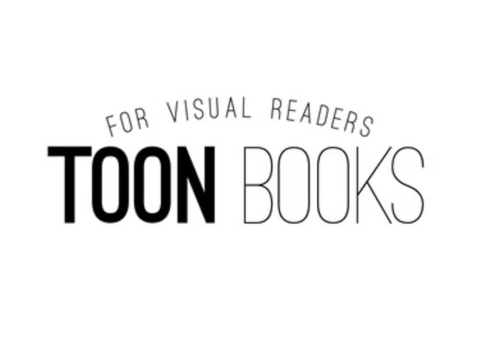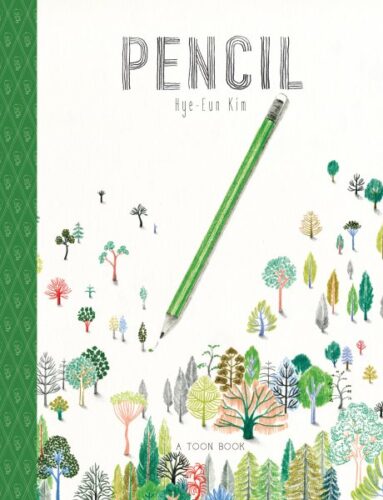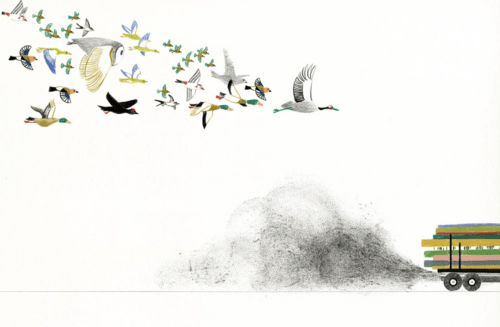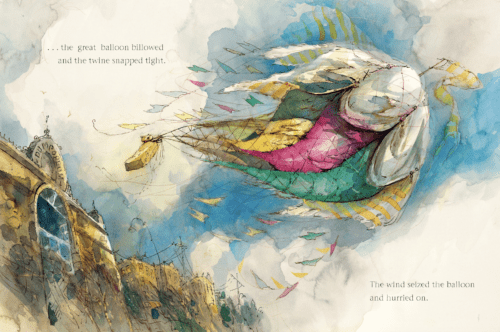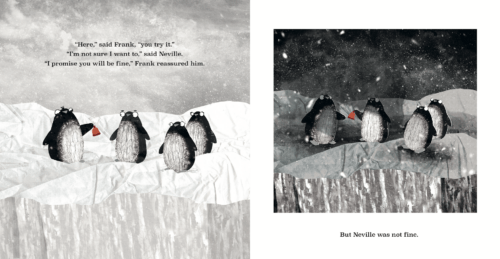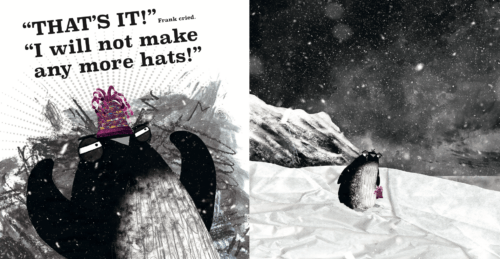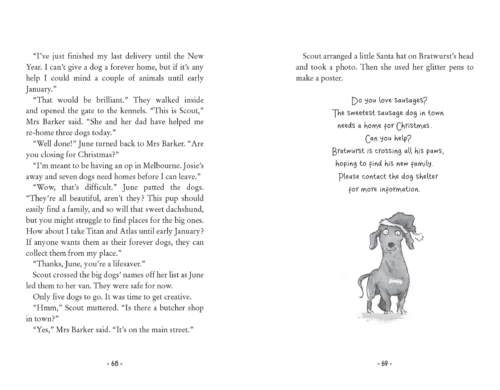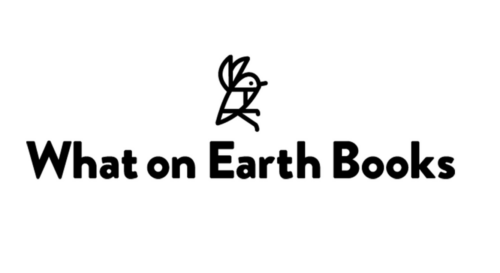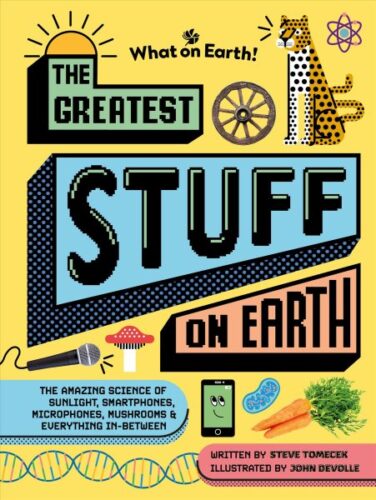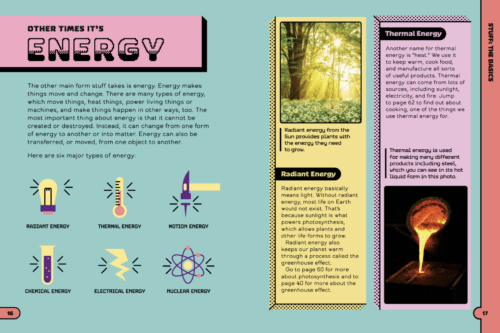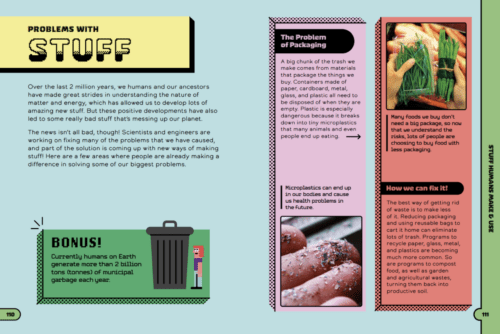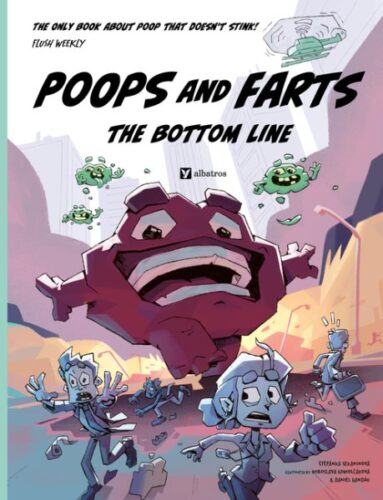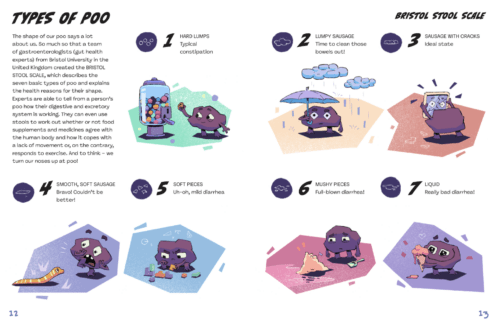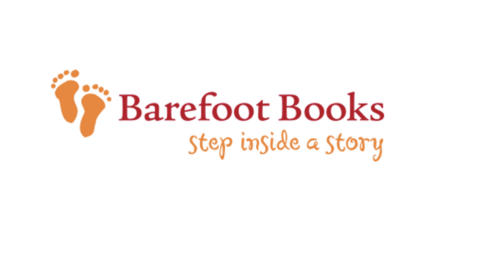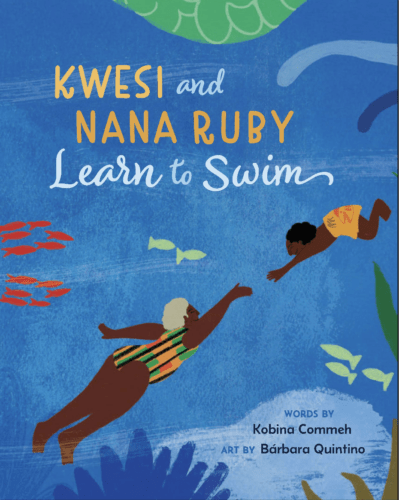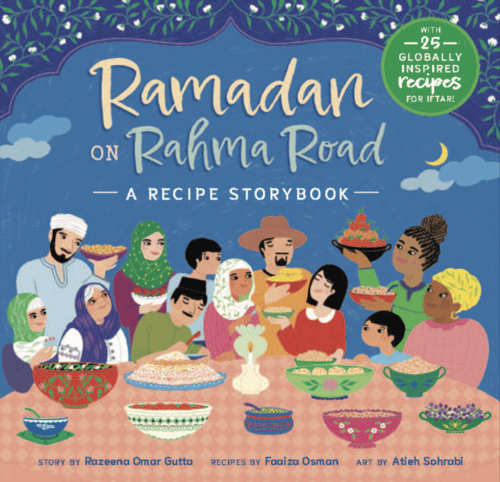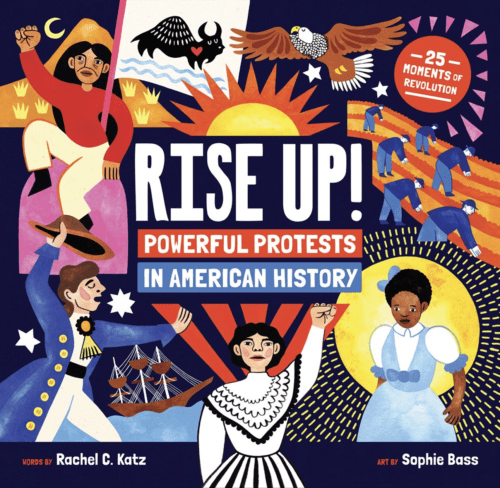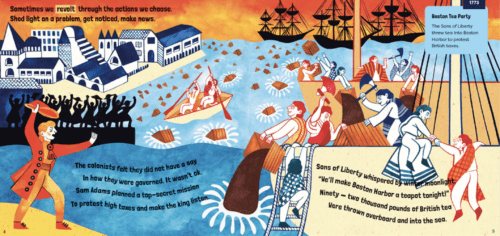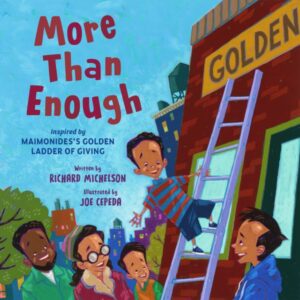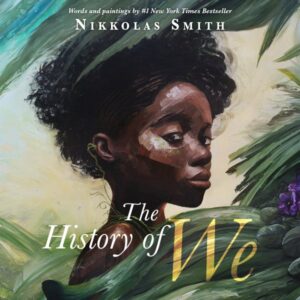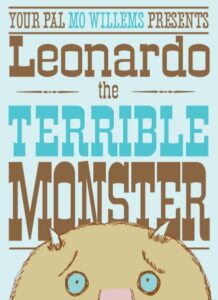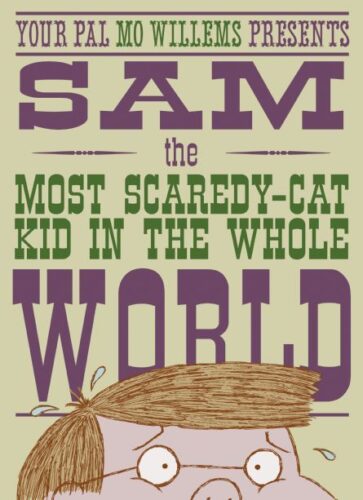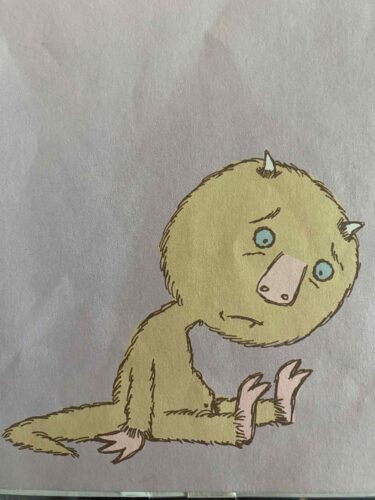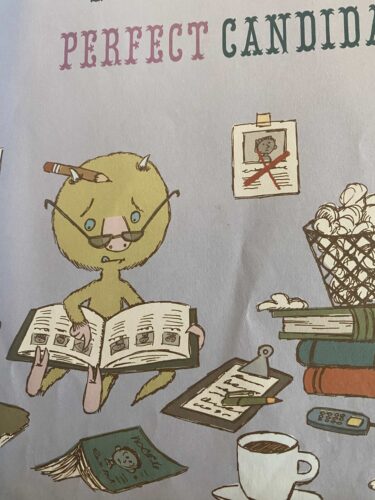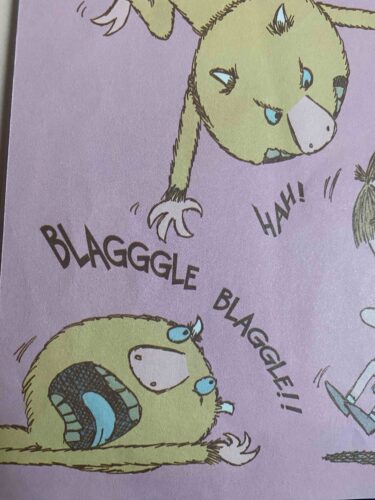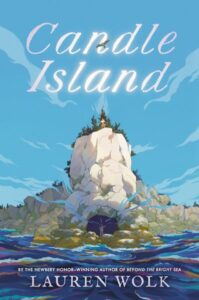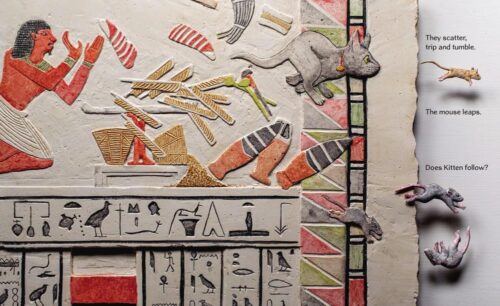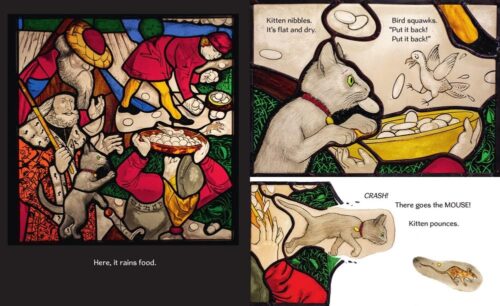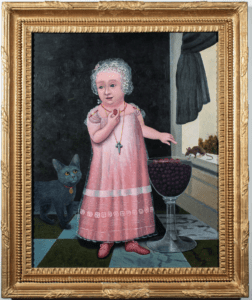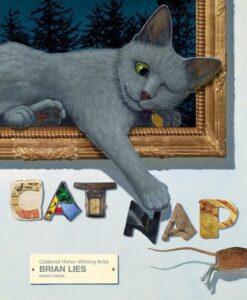We’ve an interesting array of titles on display for you today. These are all books that have either just come out or are on the near horizon. As per usual, I have Ellen Myrick and Publisher Spotlight to thank for this sneak peek. Here’s to the smaller publishers, unafraid to try interesting, new things. And I suspect you may particularly enjoy the last book on today’s list…
Pencil by Hye-Eun Kim
Publication Date: March 18, 2025
ISBN: 9781662665530
Woot! Let’s hear it for the wordless books! Teachers are constantly looking for them, but they are often tricky to find. This particular book focuses on the creation of a pencil. After procuring just the right wood in the forest, the wood goes to the factory where it’s cut and trimmed down. The graphite is put inside and then voila! You can draw things with it. Things like… trees. A circular little book, this is, with beautiful South Korean illustrations.
This Makes That by Ivan Brunetti
Publication Date: May 20, 2025
ISBN: 9781662665561
You know I’m always going to be supporting my local Chicago creators, and Ivan Brunetti is no exception. And since this is TOON Books we’re talking about, he’s created a younger graphic novel, this time with a STEAM focus. Consider this his makerspace book. This is really about making things happen and making things work thanks to cooperation. And yes, if candies can make colors and lemons can make batteries along the way, then bonus!
Nop by Caroline Magerl
Publication Date: March 4, 2025
ISBN: 9781761600807
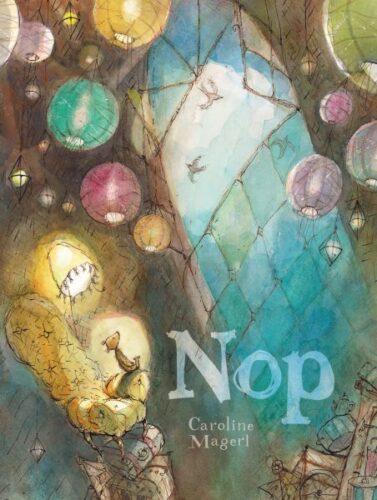
This Corduroy but trade in that department store for a secondhand emporium (named, and I love this, “Oddmint’s Dumporeum”) and a bear in overalls for a tiny ragamuffin little creature. Every stuffed animal in this place longs to get taken home with somebody. Our hero? No such luck. So he finds a little ribbon and after some experimentation he creates a balloon with which to explore the world. Inspired by the author, who as a child created a teddy bear for her father out of scraps that she named Roadkill. It still sits on his desk to this day.
Frank’s Red Hat by Sean E. Avery
Publication Date: May 6, 2025
ISBN: 9781761600661
Aw, this one is very fun. Very fun indeed. So fun that it just won a YABBA Honor (that’s the Young Australian’s Best Book Awards). Now meet Frank the penguin. Frank has ideas – some good, some not. One day, he approaches his fellows wearing a great red hat and gifts it to another penguin. Unfortunately that penguin is swallowed by a beluga whale. So Frank makes more hats and, unsurprisingly, no one wants them. Behold: sad penguin eyes. Then the seals decide they do like the hats and Frank has new things to invent. I enjoyed the deadpan humor of this book so much that I may even forgive the illustrator for inaccurate knitting needle placement in one of the scenes (maybe).
Scout and the Rescue Dogs by Dianne Wolfer, ill. Tony Flowers
Publication Date: June 3, 2025
ISBN: 9781761600494
Sometimes books for kids don’t make it easy on themselves. This series is set against the backdrop of the 2019-2020 Australian bushfires. It’s an easy ready early chapter book. In this story Scout and her dad are traveling in his big rig to deliver dog food to animal rescue shelters , but it’s bushfire season and suddenly they’ve a slew of dogs to rescue. But bushfires don’t focus on just one species, so Scout and her dad better watch out for themselves too! Now this didn’t win a YABBA but it was the Winner of Children’s Book of the Year category in the 2024 Western Australian Premier’s Book Awards. Nice!
The Greatest Stuff on Earth by Steve Tomecek, ill. John Devolle
Publication Date: March 4, 2025
ISBN: 9781804661420
Ellen Myrick, who presents these books to me, knows me well. So well, in fact, that she knows that when it comes to nonfiction titles from other countries, I have a tendency to kvetch when I don’t see any backmatter. That’s why I was so thrilled when she let me know that this book has detailed backmatter, including a full glossary, a full index, and a comprehensive list of research sources. The focus is on the stuff we have and how it works. Along the way, it also talks about the problems of too much stuff, the consequences of all our stuff. As for the author, he’s a teacher – sort of a Bill Nye of England type. Neat!
Poops and Farts: The Bottom Line by Štěpánka Sekaninová, Miroslava Gomolčáková, and Daniel Handák
Publication Date: June 10, 2025
ISBN: 9788000074405
My poop tolerance, I will tell you right now, is not particularly high. But, at the same time, I’m a sucker for a good subtitle, and this book delivers that. Now it may not be clear from the cover, but this is a nonfiction title. And thanks to a cast of anthropomorphic poops, it tells you all the stuff you did and did not want to know about #2. And farts. Let us not forget the farts.
Kwesi and Nana Ruby Learn to Swim by Kobina Commeh & illustrated by Bárbara Quintino
Publication Date: February 4, 2025
ISBN: 978888593622
Here we have a book about a multi-generational relationship between a boy and his grandmother. Kwesi is afraid to swim. His grandmother? She never learned. In fact, to give the boy some context about why, she discusses the pool segregations of the past. To right this great wrong, the two decide to learn how to swim together. This story is based off of the creators’ own experiences. It even manages to talk about a lot of fun West African mythology (involving Mama Wati) who gives them the courage to learn to swim together. Great backmatter at the end too, involving cultural notes from West Africa as well as information on the Akan people, day names, and adinkra symbols.
Ramanadan on Rahma Road by Razeena Omar Gutta & Faaiza Osman, ill. Atieh Sohrabi
Publication Date: February 4, 2025
ISBN: 978888593646
Follows family and friends along this road, breaking the fast of Ramadan together. While everyone walks the same road, each family is from a different culture and background. This is the incredibly rare book that discusses the diversity that exists within the celebration of Islam. And (you may have guessed it, since I’m a bit of a broken record on this) great backmatter!
Rise Up! Powerful Protests in American History by Rachel C. Katz, ill. Sophie Bass
Publication Date: March 11, 2025
ISBN: 9798888593684
And finally, a book that is VERY much a book we need for our times right now. 25 protests are recounting, showing kids how to get into some good trouble. Don’t think that it’s all the same stories you’ve seen before, though. There are bound to be a couple in here that surprise you. With vibrant art, the book’s backmatter includes info boxes, educational endnotes, a timeline, and more to encourage kids to consider the changes they want to make in the world. Rise up!
Thanks again to Ellen for showing me these books and letting me share them with you.
